Disclaimer: This blog post contains affiliate links. If you make a purchase through these links, I may earn a small commission at no additional cost to you. Learn More. Thank you for supporting our garden community.
How to Create Stunning Winter Porch Planters: Everything to Know
Winter is often a tough time for gardeners, but that doesn’t mean your home’s curb appeal has to hibernate as well. Winter porch planters are an excellent way to keep your home looking vibrant and welcoming throughout the colder months. Whether you’re decorating for a special holiday or simply want some greenery, we’ll guide you through everything you need to know about creating beautiful winter displays.
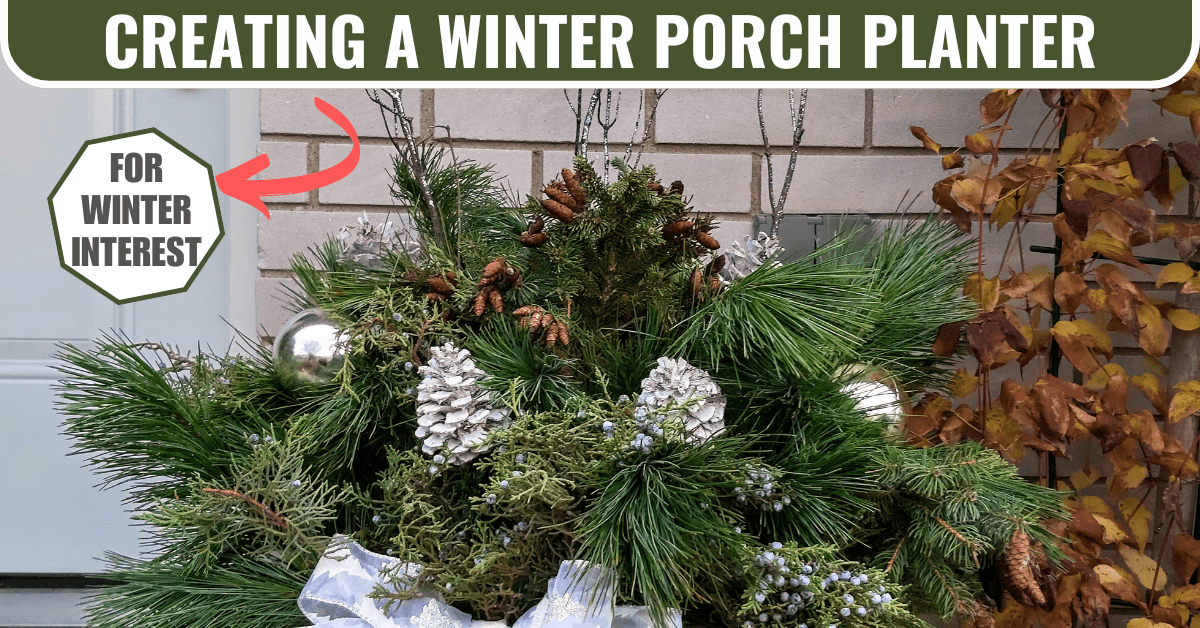
How to Create Winter Porch Planters
Here’s what you’ll get from reading this article:
- How to Choose Cold-Resistant Plants: This article provides a complete guide to selecting the best cold-tolerant plants, like evergreens, shrubs, and ornamental grasses, for your winter porch planters.
- Design Tips for Winter Planters: You will discover design techniques such as the “thriller, filler, spiller” method and how to incorporate decorative elements for a visually appealing arrangement.
- Winter Care for Porch Planters: This article offers practical tips on maintaining winter planters, including watering, sheltering from harsh winds, and protecting plants from freezing temperatures.
- Creative and Long-Lasting Ideas: You will find DIY ideas for holiday-themed planters and suggestions for creating planters that can transition into spring, maximizing the planter’s use beyond the winter season.
Choosing the Right Plants for Winter Porch Planters
When selecting plants for winter porch planters, focus on those that can thrive in cold temperatures and withstand frost. Evergreens are popular, but there are also other options to consider for added texture and colour.
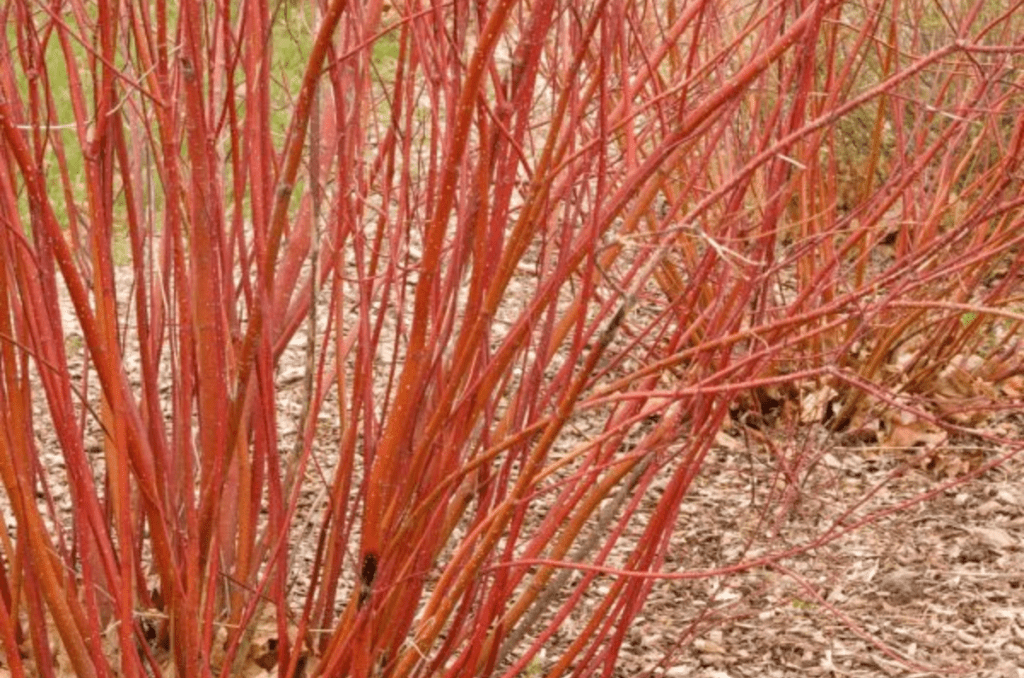
Best Plants for Winter Porch Planters:
- Evergreens: Boxwood, cedar, juniper, and pine provide a lush, green backdrop that lasts all season. These plants are evergreen, meaning they stay green throughout the entire year, even the coldest parts.
- Winter-Blooming Plants: Plants like Anna’s Red Lenten Rose bring flowers to your planter. These are plants that have flowers that actually bloom in the cold months.
- Cold-Tolerant Shrubs: Plants such as Red Twig Dogwood or Holly add interest with colourful stems and berries.
- Ornamental Grasses: For a more modern look, grasses like Blue Fescue can handle the cold and provide texture. Check out our post on growing tall ornamental grass for more info.
Pro Tip: Use a mix of plants with varying heights, colours, and textures to make your arrangement more dynamic.
How to Arrange a Winter Porch Planter
The design of your winter planter can truly make or break the overall aesthetic of your porch. Follow these guidelines for a beautiful, impressive, and cohesive design:
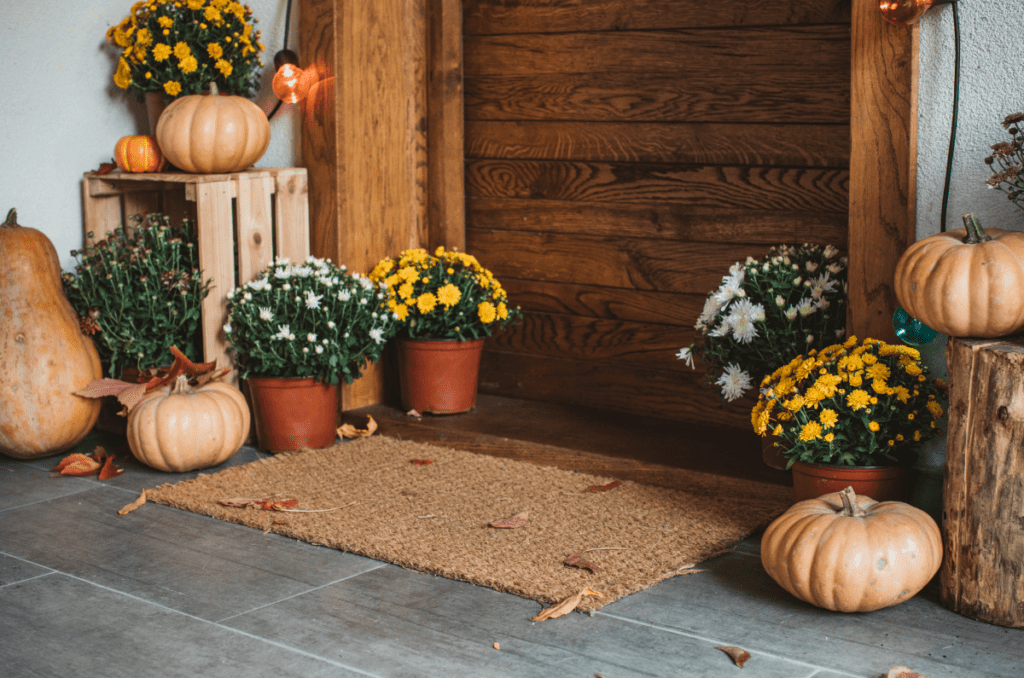
- Use the Thriller, Filler, Spiller Method:
- Thriller: This is your tall, attention-grabbing plant, like a spruce or an ornamental grass.
- Filler: Surround your thriller with medium-sized plants like winter pansies or ornamental kale.
- Spiller: For added drama, use trailing plants like English ivy that cascade over the edges.
- Add Decorative Elements:
Incorporate items such as birch logs, twigs, or decorative branches. For a Christmas feel, you can even add pine cones, ribbons, or ornaments. Or if you are preparing for Halloween, consider adding small pumpkins or a jack-o’-lantern. - Consider Colour and Texture:
Play with contrasts—green evergreens alongside red berries or silver-grey foliage next to dark green shrubs. This makes the arrangement pop even in low light.
Caring for Winter Porch Planters
Maintaining your winter porch planters is key to ensuring they look great all season long. While many cold-weather plants are low-maintenance, here are a few tips to keep them looking fresh:
- Watering: Plants still need moisture even in the winter. Water your planters when the soil feels dry, but avoid over-watering, as frozen roots can damage plants.
- Sheltering from Harsh Winds: Place your planter in a location that shields it from harsh winds to prevent damage to delicate plants. You may also have to cover the entire planter if the winds become very strong.
- Temperature Considerations: If temperatures drop extremely low, consider wrapping your planters in burlap or moving them to a more protected spot temporarily.
DIY Ideas for Winter Planters
For those who enjoy designing their own planters, here are some fun and creative ideas:
- Fall-Themed Planter: If you are still preparing for Thanksgiving, consider adding pumpkins, harvest baskets, or a cornucopia. Or, for Halloween, add some things like jack-o’-lanterns and other spooky decorations.
- Christmas-Themed Planters: Add string lights, mini ornaments, wreaths, decorative bows, and more to your winter planter for a festive look.
- Natural Elements: If you prefer a more rustic or natural aesthetic, use items like pinecones, moss, and decorative bark to enhance the planter’s appeal.
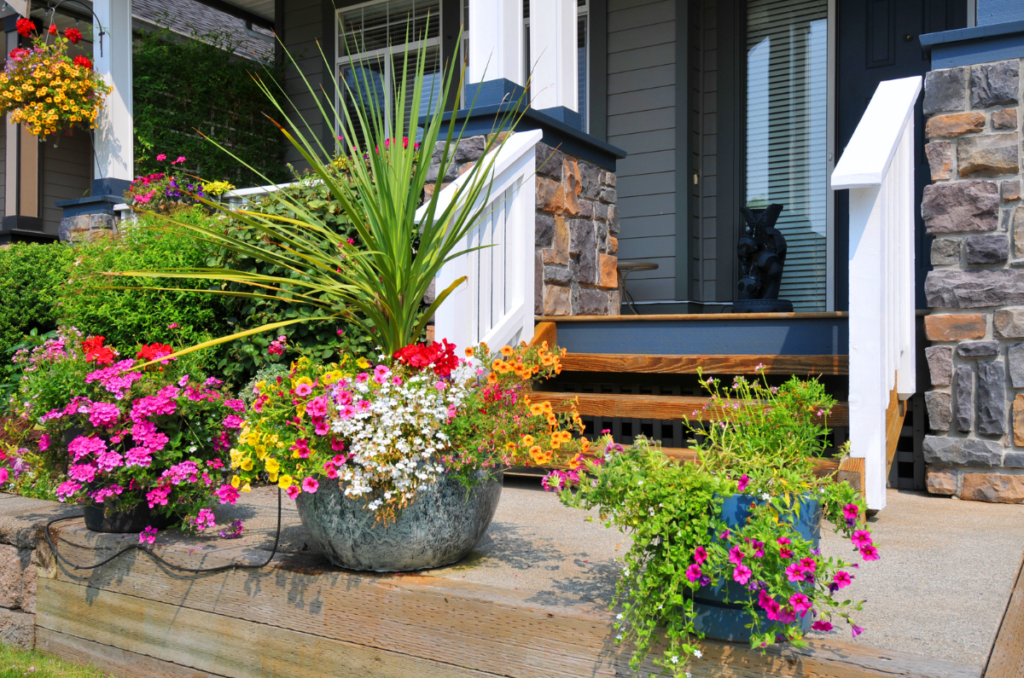
Long-Lasting Planter Ideas for Year-Round Interest
Want a planter that looks great beyond winter? You can design a base that transitions into spring easily. Choose evergreens and cold-hardy shrubs as the foundation, and when the weather warms up, swap out the winter fillers for bright, spring blooms.
These can be perennial plants as well, but most people will probably choose annuals because they are quicker to mature. Marigolds, calendula, and violets are some examples. These grow quickly in the spring and summer, bloom beautifully, and are easy to remove when winter comes, ready to be replaced by your new winter selections.
You can also plant spring-flowering bulbs in your planters in late fall. These bulbs will stay dormant in the winter and will sprout in early spring. Some may flower in spring or summer, depending on the variety.
Discussion Questions:
- What plants are you looking forward to including in your winter porch planters this season? Are you going to decorate the planters for the upcoming holidays?
Please let us know in the comments below!
Frequently Asked Questions
I have found that plastic, metal, and wood pots are the best for keeping outside in winter. Terracotta and clay have the chance of breaking (it happens to mine once in a while), and ceramic pots are almost guaranteed to break when they freeze.
Concrete pots can also be left out in the winter. They seem to resist the freeze-thaw cycle pretty well. I just don’t recommend concrete planters because they are so heavy and hard to move around.
Watering needs are minimal in winter. Check moisture levels about once a week, especially during dry or windy conditions. Avoid overwatering to prevent roots from freezing in saturated soil.
Use planters made from insulating materials like wood ro thick plastic, and fill the container with a potting mix that retains moisture without becoming waterlogged. Wrapping the pot with burlap can provide extra insulation.
Even More Gardening Ideas
Here are a few more posts to get the ball rolling in your garden!
- How to Clean Up Your Garden to Prepare for Winter
- 8 Foods You Can Still Forage in the Winter
- 9 Winter Shrubs to Beautify your Landscape
Products
To buy high-quality garden seeds, check out Burpee.
For a wide selection of perennial garden plants, check out Nature Hills Nursery.
For gardening equipment, check out Bootstrap Farmer
If you enjoyed this article, make sure to share it with your friends and family members who are also looking to beautify their porch in winter. Also, consider signing up for our email newsletter; don’t worry, we won’t send you spam, just fresh gardening tips and tricks!
Thanks for stopping by! Make sure to follow us on social media so that you can always see more of this valuable information.
If you want to learn more about gardening, foraging, and nature, check out The Real Gardener on LinkedIn, YouTube, and Pinterest.
Pin this post for later:
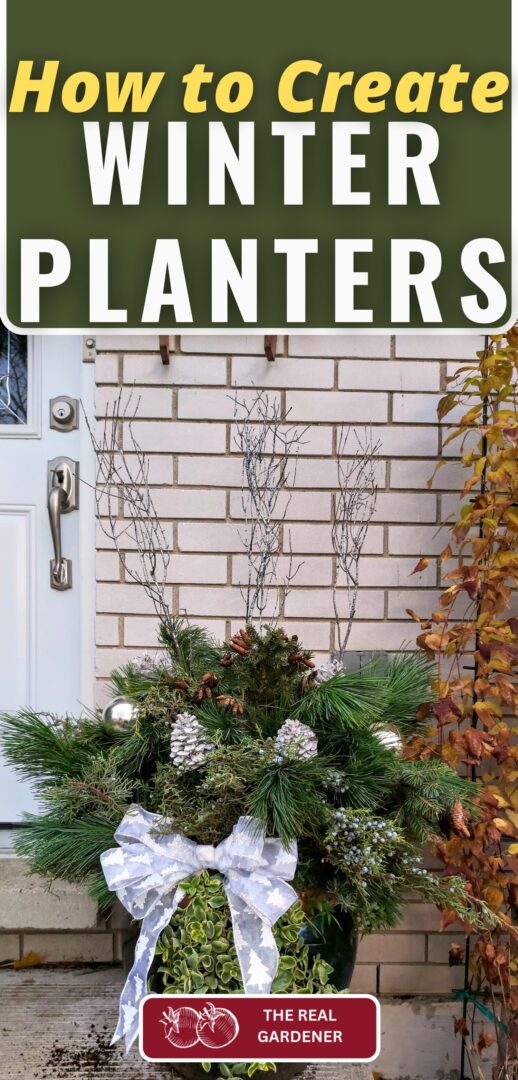

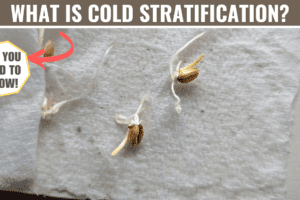
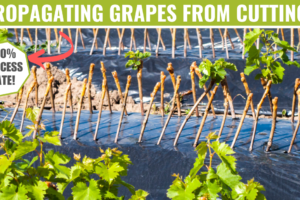
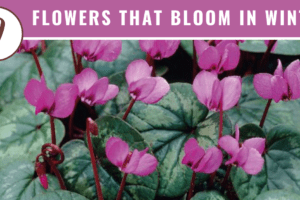
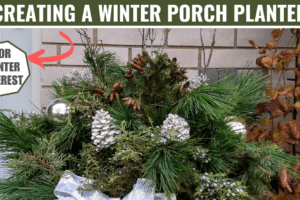
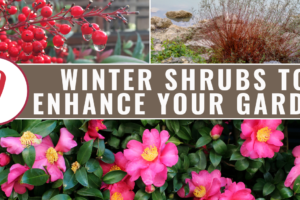
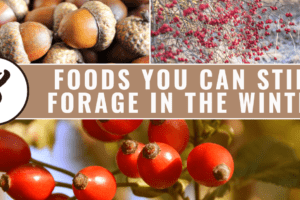

Leave a Reply